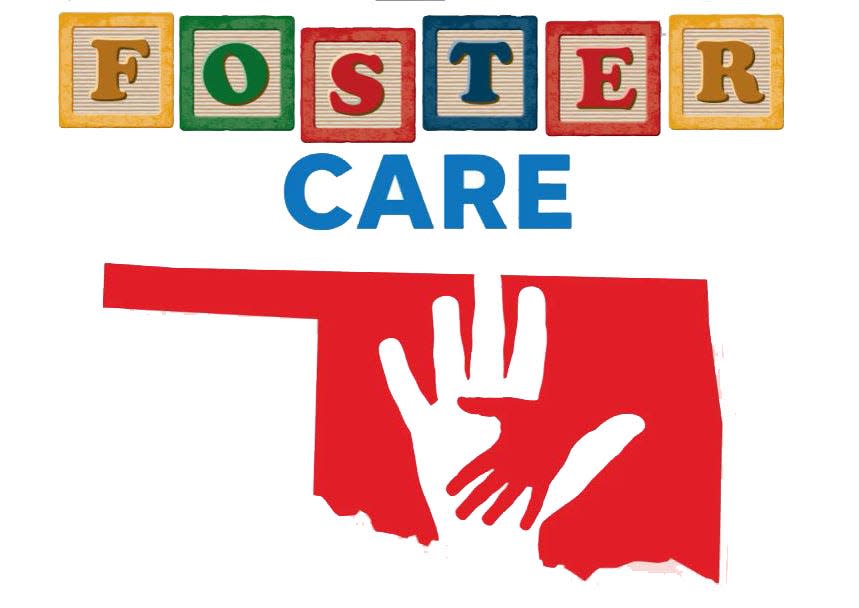Oklahoma’s foster care mental health services seeing improvement under federal watch

The latest monitoring report for Oklahoma’s foster care program says mental health services have improved over the last six months.
The Oklahoma Department of Human Services is still under federal monitoring under the Pinnacle Plan, which requires outside monitoring by outside child welfare experts, called the "co-neutrals," who report on the agency’s effort to make improvements every six months.
The plan was put into place after a federal class-action lawsuit in 2012 revealed foster child abuse and children placed in overcrowded and understaffed emergency shelters. The Oklahoma DHS, the court ruled, failed to provide secure facilities and beneficial long-term placements.
The latest report released this month said the Enhanced Foster Care (EFC) program represented a “much-needed paradigm shift” to ensure children receive therapeutic supports and treatment to achieve stability, permanency and well-being.
More: Foster family shortage forcing Oklahoma children to move far from home
Dr. Deborah Shropshire, head of the department and Gov. Kevin Stitt’s secretary of human services, said two types of programs provide mental health services. The Therapeutic Foster Care program has more mental health supports built around it. It includes foster parents who are trained and equipped to take care of kids that might have extra behavioral health needs.
The state has contracted with agencies over the last two or three decades to provide those wrap-around services, Shropshire said. The state needed more of those services than the agencies could provide, and four years ago a second program was started called Enhanced Foster Care.
How the foster care program in Oklahoma works
The new program has the same elements as the Therapeutic Foster Care, but the services come directly to the children and the foster families caring for them. The more that kids move around in foster care, the harder it is for them to do well in school, stay healthy, heal and stay connected to their family, according to the state DHS.
“Our goal is to keep kids stable where they are and serve them where they are,” said Shropshire.
Opinion: A massive shortage of families for Oklahoma foster children exists. This is truly a crisis.
About 15% to 20% of kids in foster care receive these services per year. She said the department is constantly adjusting based on feedback from the families, therapists and others who provide services.
Other states are asking how they can model their own plans based on the program, Shropshire said.
Oklahoma has about two years, or four consecutive reporting periods of six months each, before the Pinnacle Plan can end. The monitoring will continue if the co-neutrals stop seeing continued improvement.
What will happen after the program ends
Even after the program is terminated, Shropshire said accountability will still be a big part of the foster care program. In fact, the co-neutrals will require an ongoing accountability plan before they sign off on ending their monitoring.
Shropshire noted the importance of financial support from House and Senate committees that have a lot of influence on resources and funding available to the department. She singled out Senate Pro Tempore Greg Treat, R-Oklahoma City, for making sure the department had what it needed.
“There are multiple legislators in both the House and the Senate side who’ve been both advocates for us, but they also kind of make sure that we’re doing things the way we need to,” she said.
The department's actions during the outside monitoring period have resulted in a decrease of children that are receiving care in the foster system. There were over 11,000 children in foster care 10 years ago, but now there are just over 6,300 as of June 30, 2023, a reduction of 44%.
This article originally appeared on Oklahoman: Oklahoma foster care system improving mental health needs

